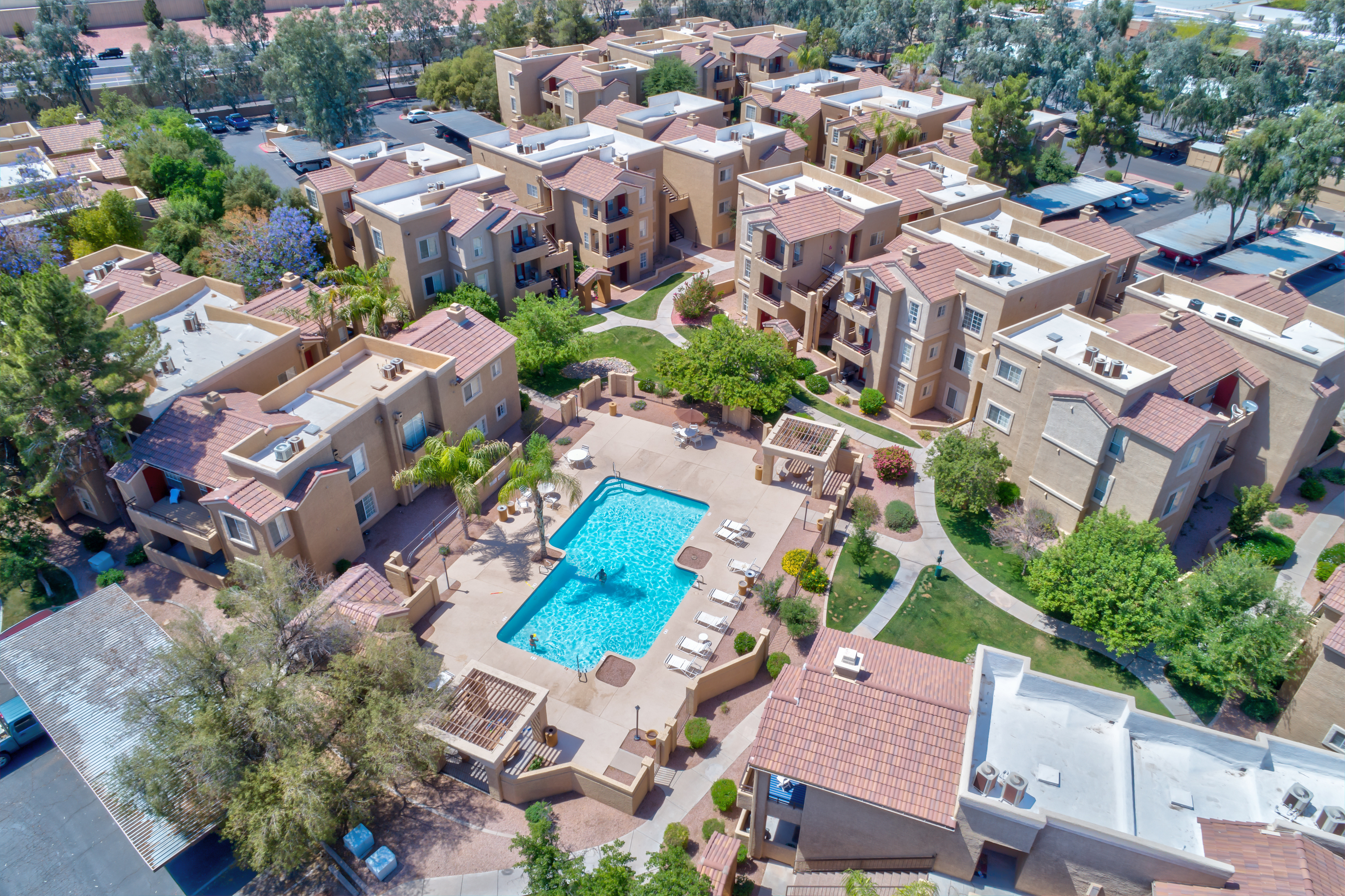
When Hohokam society collapsed, the dirt canals fell into disrepair. The original canals were dirt ditches and required routine maintenance those currently in use are lined with concrete. A portion of the ancient canals has been renovated for the Salt River Project and helps to supply the city's water.

Their canal network in the Phoenix metropolitan area was the most complex in the pre-contact Western Hemisphere. In modern-day Phoenix, the Hohokam are recognized for their large-scale irrigation networks. Despite cultural exchange at trade centers, self-sufficiency and local resources were emphasized. The harshness of the Sonoran Desert may have been the most influential factor on the society. Some communities established significant markets, such as that in Snaketown. Hohokam societies received a remarkable amount of immigration. Hohokam settlements were located on trade routes that extended past the Hohokam area, as far east as the Great Plains and west to the Pacific coast. Most archaeologists either argue it emerged locally or in Mesoamerica, but it was also influenced by the Northern Pueblo culture. According to local oral tradition, Hohokam societies may be the ancestors of the historic Akimel and Tohono Oʼodham in Southern Arizona. Archaeologists disagree about whether communities that practiced the culture were related or politically united. It existed between 3 CE, with cultural precursors possibly as early as 300 BCE. Hohokam ( / h oʊ h oʊ ˈ k ɑː m/) was a culture in the North American Southwest in what is now part of Arizona, United States, and Sonora, Mexico.

The Great House at the Casa Grande Ruins National Monument


 0 kommentar(er)
0 kommentar(er)
